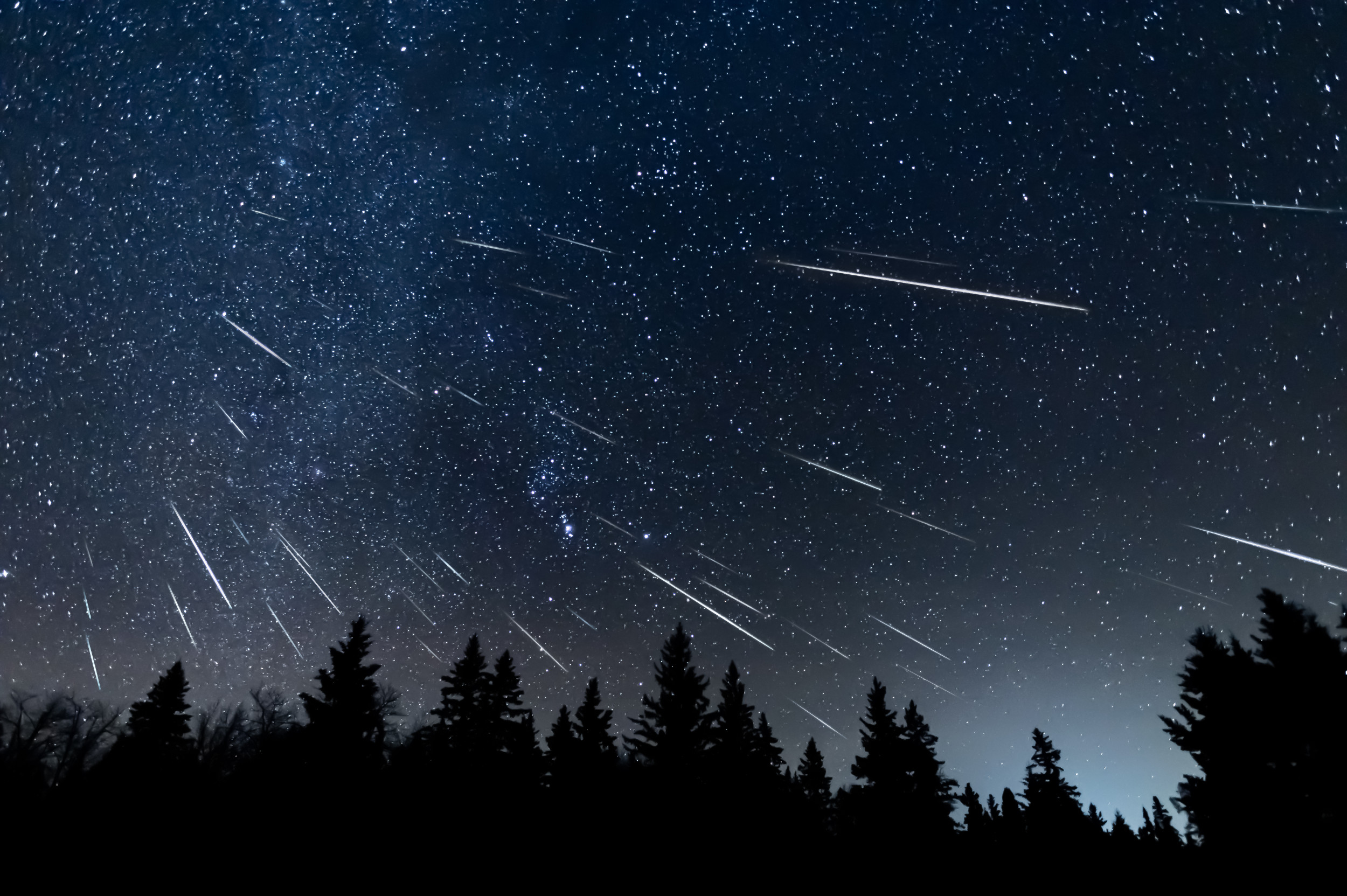The end of July promises a celestial feast with numerous meteor showers gracing the skies, including the Alpha Capricornids.
This yearly meteor shower is set to dazzle spectators between July 3 and August 15, reaching its climax on July 30.
The event is timed just a day after the Delta Aquariids peak and a few weeks prior to the much-anticipated Perseids spectacle.

Although the Alpha Capricornids shower typically delivers a modest rate of about 5 meteors per hour at its peak, as reported by the American Meteor Society, the meteors emanate from the Capricornus constellation, giving the shower its name.
Despite the lower frequency, the Alpha Capricornids shower is noted for producing luminous fireballs that tend to move more slowly compared to other meteor showers.
Tips for Viewing the Alpha Capricornids Meteor Shower
The prime time to catch the Alpha Capricornids display is usually post-midnight when the radiant point in the Capricornus constellation is higher in the sky.
To optimize your viewing experience, select a dark location away from urban lights, such as a rural area, a park, or a high elevation, as city glare can obscure visibility significantly.
The visibility of the meteors may be affected by moonlight, so the best observation times are when the moon is less prominent. Fortunately, during the peak night, the moon will be only 20% full and will rise after midnight. Remember to avoid bright screens or lights before and during your observation to allow your eyes to adjust fully to the darkness within around 20-30 minutes.
While meteors can appear anywhere in the sky, they will seemingly originate from the radiant in Capricornus.
Understanding the Cause of the Alpha Capricornids Meteor Shower
The Alpha Capricornids Meteor Shower is a result of debris from the comet 169P/NEAT. As the comet nears the Sun, it sheds particles of dust, rock, and ice, forming a trail along its orbital path. Annually, Earth’s orbit intersects with this debris trail, propelling small rock and ice fragments into the atmosphere at tremendous speeds.
When these particles vaporize due to atmospheric friction, they create the bright streaks known as meteors.
This recurring phenomenon occurs yearly as Earth traverses the same debris zone.
Interestingly, forecast suggests the Alpha Capricornids will become “more intense than any current annual shower” in the years 2220–2420, according to a 2010 analysis, as most of the comet debris fully enters Earth’s orbit.
